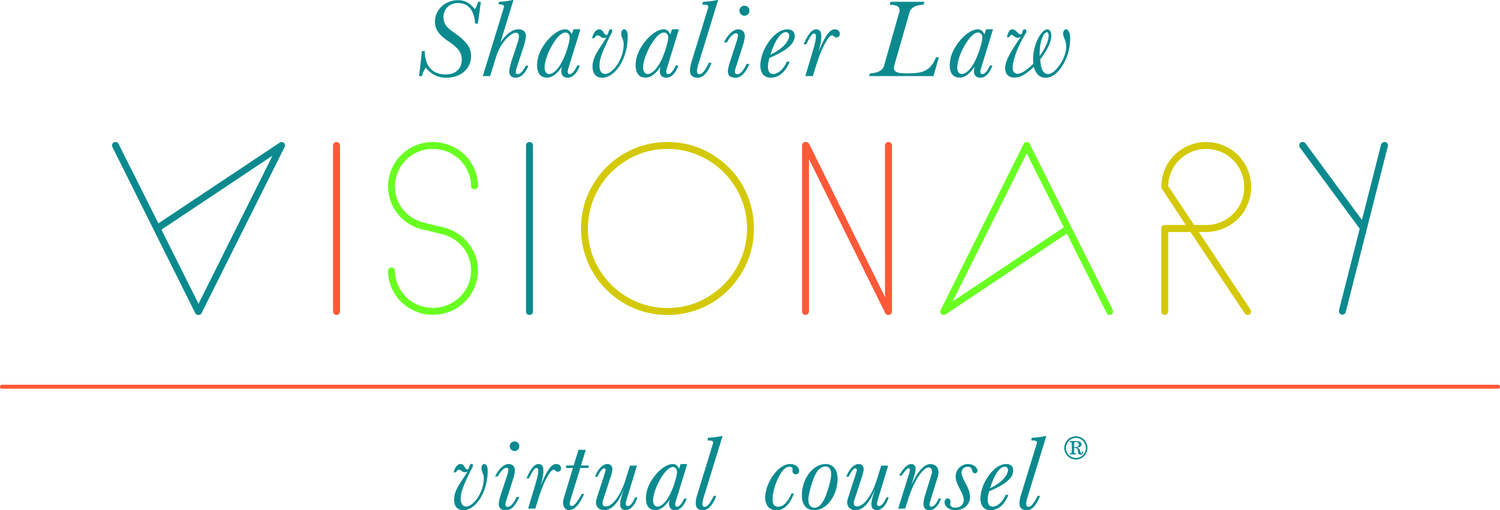One of the most common mistakes I see among entrepreneurs is playing fast and loose when it comes to photo usage.
Unfortunately, there’s a lot at stake. Last year, one of the largest photo distributors, Getty Images, filed a litany of copyright infringement complaints over images used without their permission. In fact, Getty is notorious for sending threatening letters accompanied by invoices (demanding that website owners not only cease and desist use of their photos, but also pay for the images that have already been used). Website owners have been forced to pay hundreds and even thousands of dollars just to avoid a lawsuit that could jeopardize their entire business.
Here are six common misconceptions about photo usage, and the truths that you need to know before ever featuring an image on your website.
1. Royalty Free does not mean free to use. Many stock photo sources advertise themselves as royalty free, and do little to dissuade users from thinking that means their photos are free to be used anywhere and everywhere.
Royalty Free actually means that as long as you comply with the terms of the license agreement, no additional royalty payments are owed. So by checking the “I agree with the terms” button and paying $1, for instance, you are complying with the Royalty Free license.
Royalty Free terms differ from picture to picture, and even size to size, so you cannot assume the terms will be the same for all images on a royalty free site.
2. Not all stock images are Royalty Free. Some are rights managed, which means how you use the photo is limited according to the copyright owner’s wishes. It might be limited by duration of use, industry, or editing rights.
Particularly if a photo is limited by duration of use, you are better off avoiding it altogether. It’s too easy to use longer than you have rights to do so if it’s just sitting on your website.
3. A Creative Commons image is not a free-for-all either. Many website owners and bloggers turn to Creative Commons images as an alternative to paying for stock photos, thinking they can use them without any payment or repercussions. Unfortunately, that’s not the case.
Creative Commons licenses simply allow photographers to easily communicate the rights they reserve for a particular image. They are frequently used by amateur photographers.
A Creative Commons licensed image still may: require attribution or credit, only allow its use for noncommercial purposes, or could even carry a cost. Again, it varies from photo to photo so don’t assume Creative Commons means anything’s fair game.
4. Just because you didn’t put the photo on your website does not mean you aren’t liable. If a third party contractor, employee, or firm selected the infringing photo and put it on your site, you are liable for its use if the copyright owner takes action. So make sure people working for you know you have a strict policy about photo use and go back through old photos on your site to make sure you’re in compliance.
5. Non-commercial websites/webpages are not exception. Frequently, site owners will say, “But the picture’s just sitting on my blog. I’m not making any money off of it.” It doesn’t matter. Even a completely non-commercial website can be liable for using a photo without the proper rights.
6. If you took the photo, you own the copyright. If you took a photo that someone else is using, Copyrights can work to your advantage. You inherently own the rights to your image, dating back to the time it was taken. However, you would need to register your copyright to proceed with any legal action against infringement.
If you are ever unsure about using an image, I advise you to err on the side of caution and don’t use it. You can always contact me for more details or assistance with copyrights.

